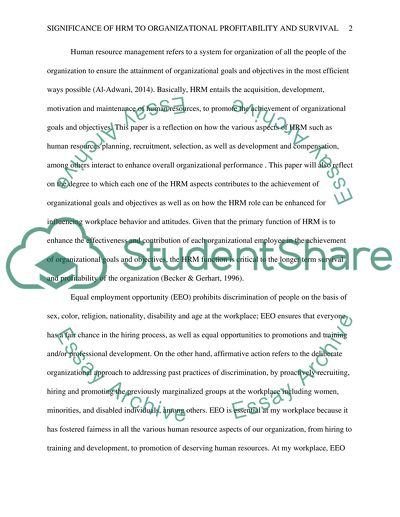Cite this document
(“Significance of HRM to organizational profitability and survival Term Paper”, n.d.)
Significance of HRM to organizational profitability and survival Term Paper. Retrieved from https://studentshare.org/human-resources/1679645-primary-function-of-human-resource-management
Significance of HRM to organizational profitability and survival Term Paper. Retrieved from https://studentshare.org/human-resources/1679645-primary-function-of-human-resource-management
(Significance of HRM to Organizational Profitability and Survival Term Paper)
Significance of HRM to Organizational Profitability and Survival Term Paper. https://studentshare.org/human-resources/1679645-primary-function-of-human-resource-management.
Significance of HRM to Organizational Profitability and Survival Term Paper. https://studentshare.org/human-resources/1679645-primary-function-of-human-resource-management.
“Significance of HRM to Organizational Profitability and Survival Term Paper”, n.d. https://studentshare.org/human-resources/1679645-primary-function-of-human-resource-management.


